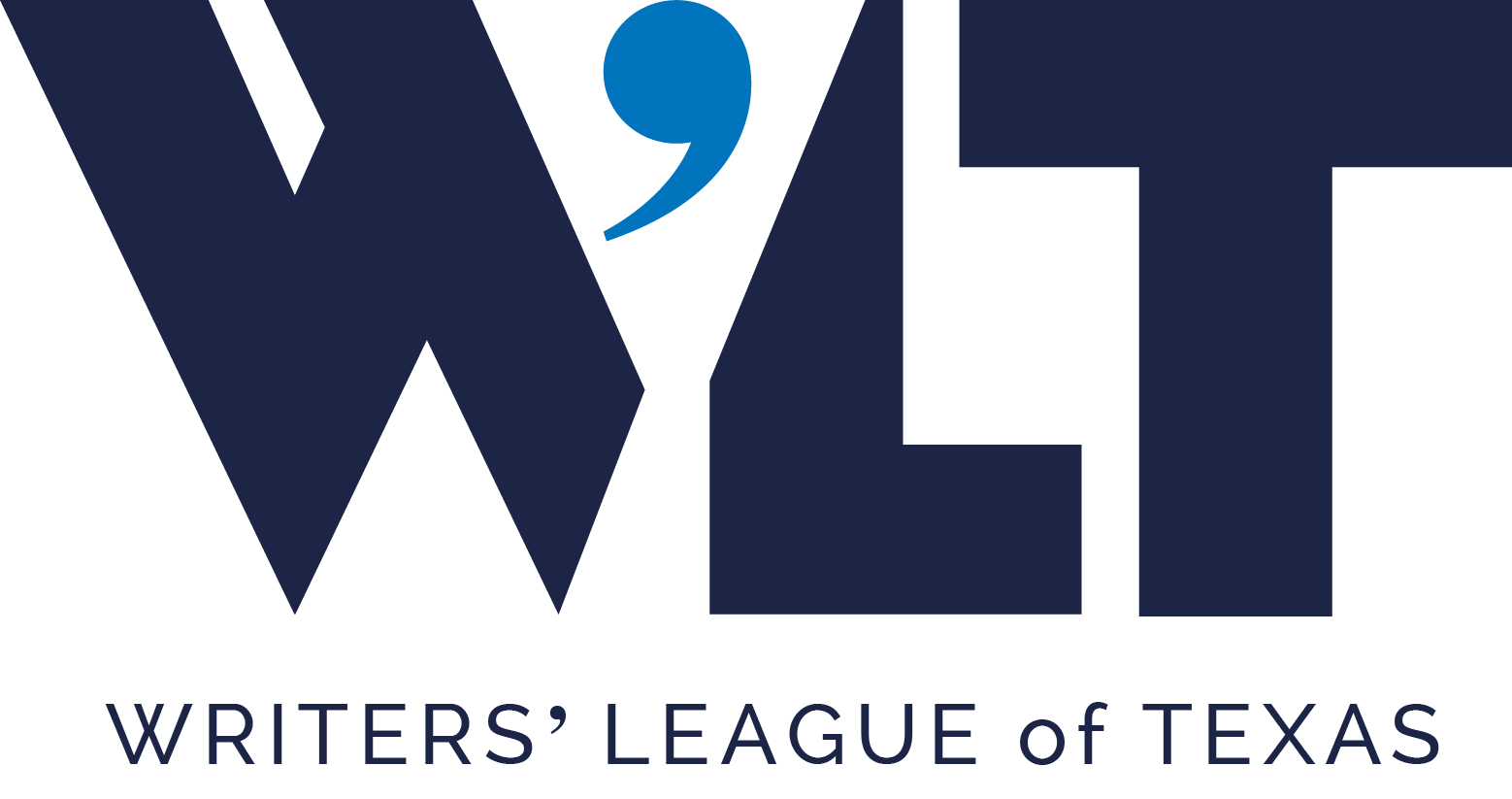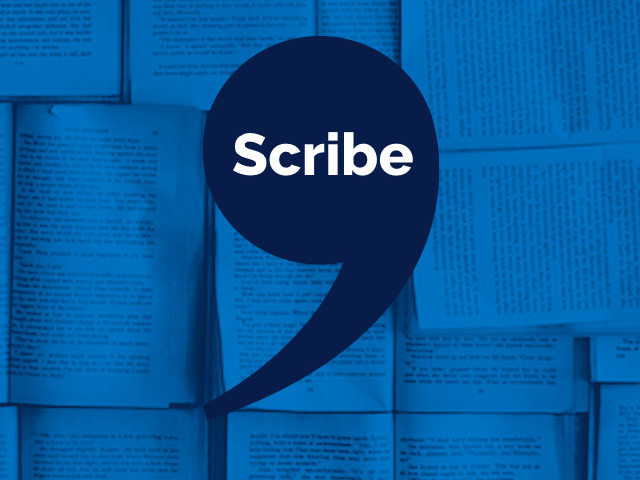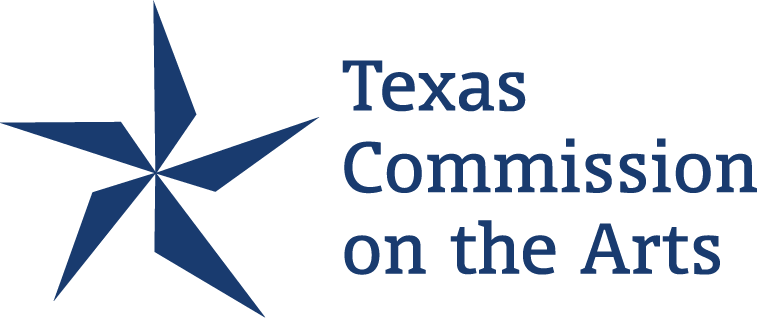Picture This: Creating Illustrated Children’s Books

by WLT Board President, Tony Burnett
If you are reading this, it’s likely your first encounter with the written language was picture books. More than likely, your parents, or often a grandparent, read them to you. As you became infatuated with words, you read them back; first from memory, then sounding out the words. It happened when you had a child’s heart and the innocent concerns of youth.
The four panelists at the Writers’ League of Texas’ August Third Thursday have managed to retain their child’s innocent fascination from when they first encountered picture books. It was obvious by the joy in their voices as they explained the process. Though the four panelists have varying approaches to the craft and came to their success through widely different channels, their art resonates with children and those who can see with a child’s eye.
Liz Garton Scanlon received a degree in journalism then moved to Austin to study poetry at the Michener center. Though her paychecks came from corporate communications, having a child resulted in her desire to write picture books. She claims to have no talent for visual arts. With a creative writing degree, she took the traditional route to writing for children in which she wrote the narrative and her publisher found an illustrator to do the artwork.
Mary Sullivan began drawing early. Even as a child she dreamed of being an artist. She grew up in a family of artists and musicians but had no formal training. She spent her youth drawing and printmaking, learning as she went. She illustrated books for other authors, both picture books and works for inspirational writers, before attempting to write a book of her own. A unique book of hers, a Theodor Seuss Geisel Honor award winner, titled Ball, has only one word. When she creates a picture book she imagines a child in her lap. When that imaginary child laughs she knows she’s on the right track.
An interest in dog breeds prompted Jeff Crosby to try his hand at children’s literature. With a degree in graphic design, years of experience as an illustrator and a supportive significant other who has literary skills, he decided to create a series of acrylic paintings of dogs. After trying unsuccessfully to market it as a collection of prints, an editor suggested adding text. The book sold, as did a subsequent similar book on horse breeds. His latest release, a new take on an old fairytale titled The Rockabilly Goats Gruff, has been a huge hit with the young fans at Hot Rod shows and music festivals. He suggests finding a niche market for your work and building an audience from there.
Perhaps Emma J. Virjan has the most dramatic tale of success in picture books. She began creating books with stories and pictures as a child to fill her alone time. She loved making the little stories but never showed them to anyone. Of course her parents knew of her projects. When her father was dying he encouraged her to show them around. She promised she would. It turned out to be a “father knows best” moment. She’s had several books published since.
If you think genre literature has specific rules, they’re nothing compared to the template for picture books. Ideally, picture books run 32 pages, including the title page and front matter. In rare cases they can be longer but always in multiples of eight pages. Text is rarely more than 500 words though it can be as few as one repeated word as in Sullivan’s Ball.
If you choose to write or illustrate a picture book, try to put yourself into the heart and mind of the child, but remember it’s the parents who purchase books. All four authors agreed that the ease of creating a picture book is the most common misconception. Most of the panelists went through a dozen to 40 rewrites prior to submitting to an editor. Unlike most adult and middle grade books, it’s apparently not a requirement that you have an agent. Choosing to write for young children may be difficult but it has its rewards, as these authors demonstrated through the joy shown when discussing their projects.
Join us for our next free Third Thursday panel on September 17 at 7:00 pm on the third floor of BookPeople for “The Look Of The Book” where book designers will discuss how design and layout influence the reader’s experience.









